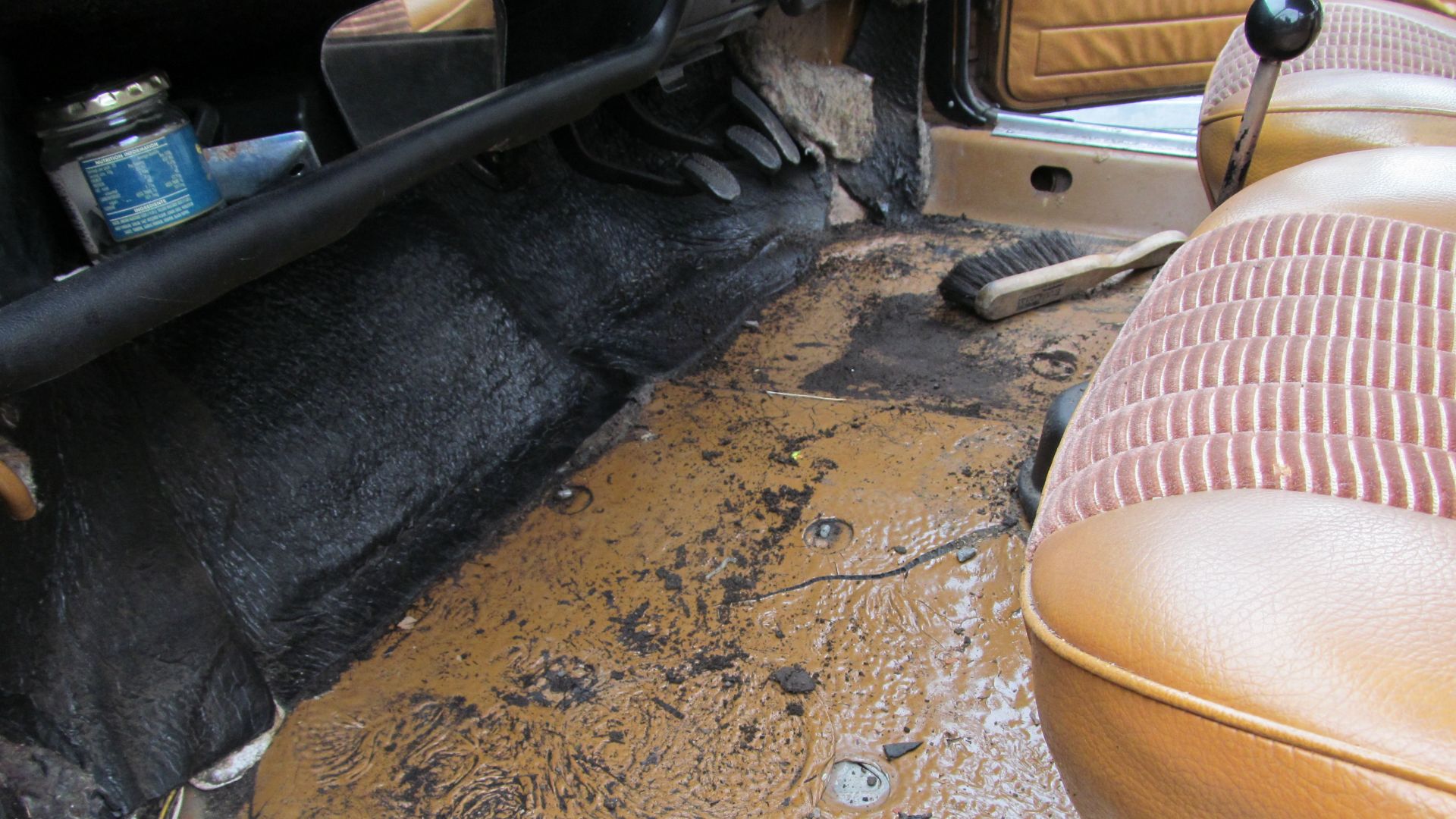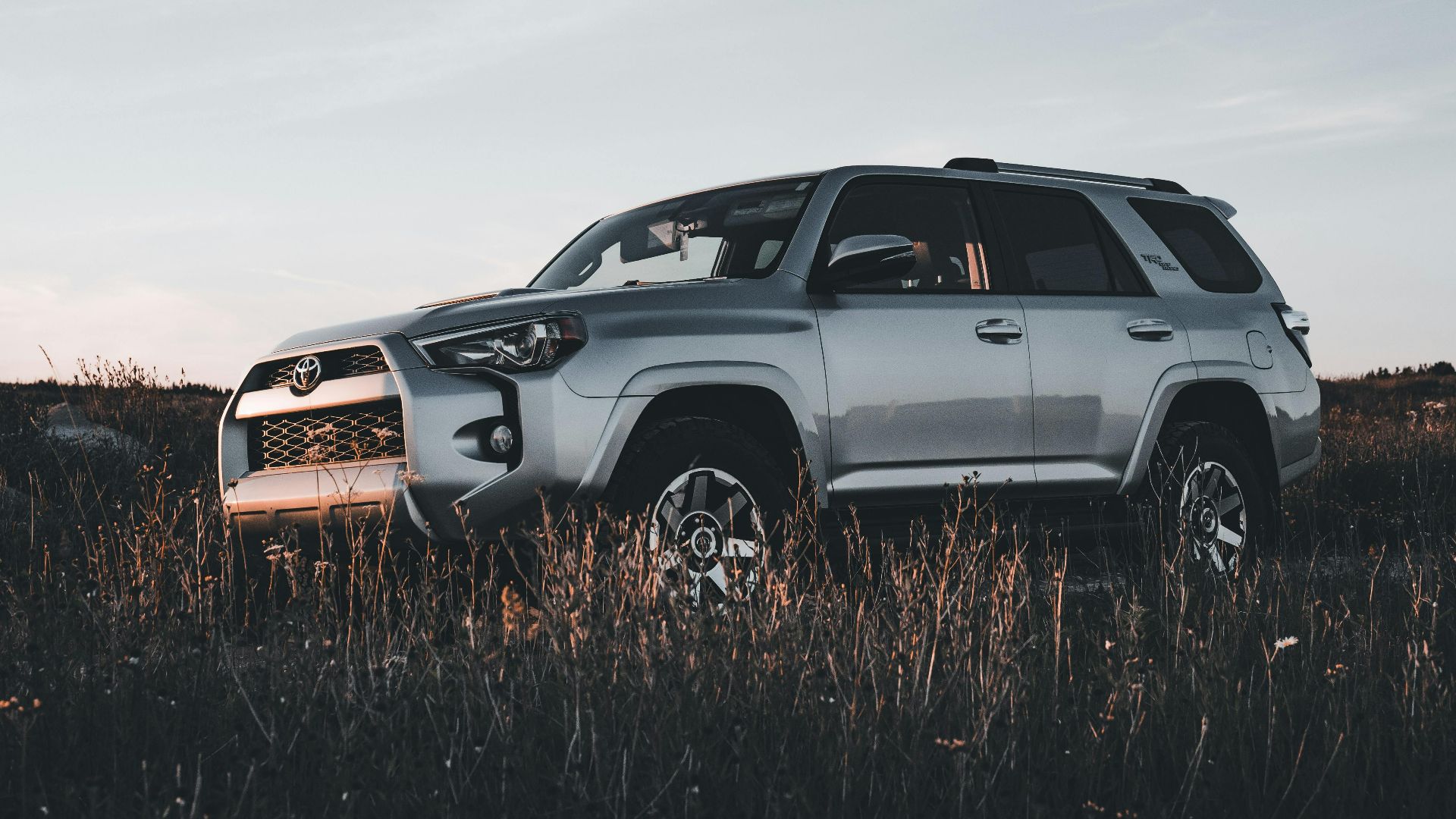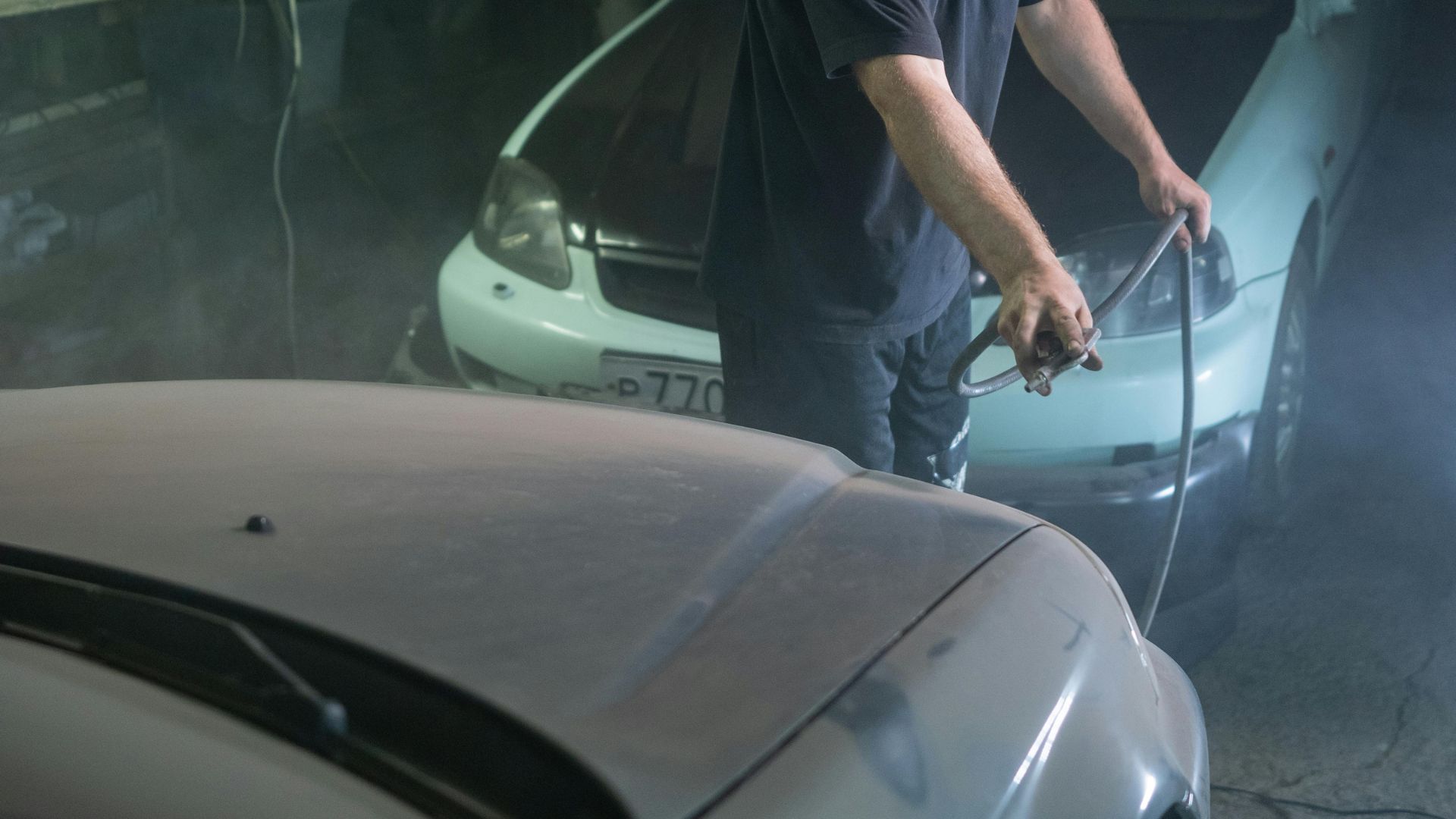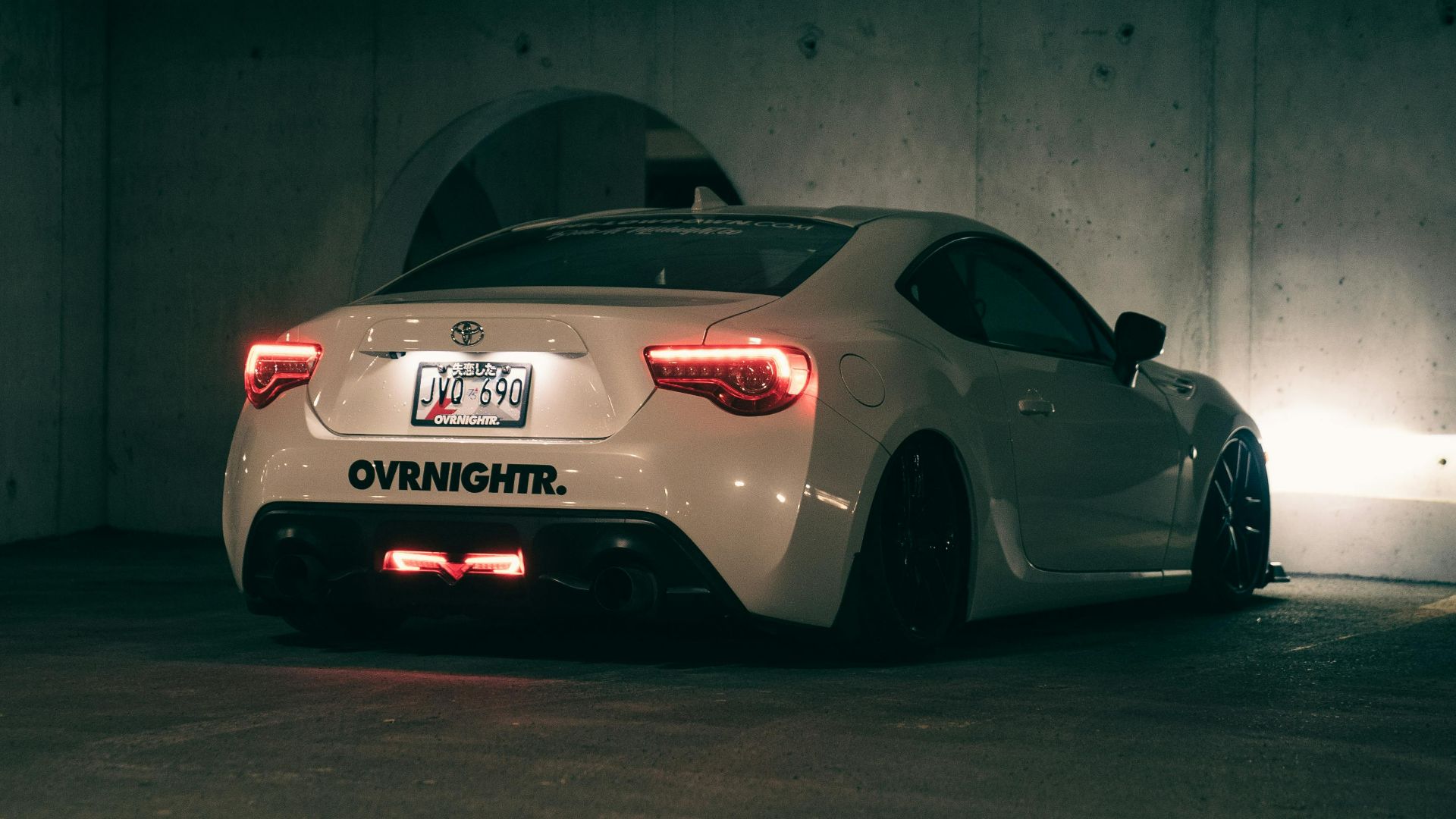Real Talk About Rust Risks
Rust builds quietly. One small thing leads to another until your car's bodywork starts flaking or weakening beneath. In some cases, it's avoidable with a few routine habits. Here, we take a clear look at common causes and how to keep them in check. Let's start with what's causing the problem.
 The National Guard on Wikimedia
The National Guard on Wikimedia
1. Road Salt Exposure
Drive through salted winter roads, and your car's metal panels take a chemical punch. Salt melts the ice but eats away at unprotected steel. Corrosion creeps under the paint and along brake lines. Left unchecked, it can even rupture fuel or brake systems.
 The National Guard on Wikimedia
The National Guard on Wikimedia
2. High Humidity And Rainfall
Constant moisture coats car surfaces—even inside door panels—especially in tropical zones, and rain speeds up the process when it pools in hidden crevices. Rust starts internally and spreads outward until panels buckle or welds weaken with reddish cracks.
3. Neglected Paint Chips And Scratches
Even the tiniest scratch invites rust. Once paint peels or chips, bare metal becomes exposed, and oxidation kicks in. Blemishes often start at the door edges and lower panels. Over time, bubbling paint turns brown, and thin metal layers peel off easily.
4. Accumulated Dirt And Debris
Grime clings to wheel wells and rocker panels like armor, but not the good kind. It traps moisture, which stays long after the rain dries. You'll often find corrosion hiding behind thick layers of filth, quietly eating through seams and protective liners.
5. Coastal Air And Salt Spray
Seaside drives look pretty, but the ocean breeze means airborne salt. That mist lands on your hood and clings like sweat. Micro-corrosion begins around trim and joints. Over months, these spots join forces and turn your sleek bodywork into a flaky surface riddled with pockmarks.
6. Poor Drainage In Vehicle Design
Some vehicles hide drainage problems under sleek designs. Clogged sunroof channels or fender drains allow water to pool in all the wrong places. Rust often forms where it's hard to spot—under trunk linings or rocker seams—until it eats its way through.
7. Moisture Trapped Under Floor Mats
Wet shoes and spilled drinks may seem harmless, but moisture gets trapped under rubber mats. Over time, it soaks the padding and encourages rust under the carpet. You won't see damage until soft spots appear or holes form beneath your heels and seat tracks.
 Riley from Christchurch, New Zealand on Wikimedia
Riley from Christchurch, New Zealand on Wikimedia
8. Neglected Undercarriage Cleaning
Road grime and sludge build up beneath the car where few bother to look. The undercarriage stays damp longer and gives rust a head start. Key targets include exhaust brackets and control arms—areas that bear structural weight yet stay largely out of sight.
9. Frequent Exposure To Snow And Ice
Snow brings moisture, and melting brings salt—both enemies to bare metal. Ice wedges into panel gaps, expanding as it freezes and damages protective coatings. Once gaps appear, oxidation moves fast, especially around fenders and inner wheel arches where ice pressure is highest.
 The National Guard on Wikimedia
The National Guard on Wikimedia
10. Extended Vehicle Storage In Damp Areas
Leaving a car idle in humid garages or grassy fields turns it into a rust magnet. Stagnant air and trapped moisture encourage surface corrosion on brake discs and chassis points. Brake rotors and door hinges commonly show the first signs of pitting.
Luckily, stopping rust isn't guesswork. Let's show you what actually keeps it off your car.
1. Regularly Wash Your Car
Washing your car removes the salt and grime that rust thrives on. Focus on wheel wells, undercarriages, rocker panels, and spots where buildup can hide. Routine cleaning keeps surfaces exposed and reduces the risk of creeping oxidation.
2. Apply Protective Wax Coating
Wax forms a glossy barrier that shields paint from moisture and harsh sunlight. As water beads and rolls away, contaminants lose their grip. Applied every few months, this layer adds resilience where factory coatings fade. Unmaintained or damaged surfaces create ideal conditions for rust.
3. Use Rust Inhibitors
These sprays cling to metal and form a film that halts oxidation in its tracks. Applied to bolts and suspension parts, they're especially useful in wet climates. Unlike lubricants, rust inhibitors resist breakdown under heat and moisture to bring targeted defense beneath the surface.
4. Keep Your Car Dry
Moisture builds under mats or inside the trunk lining. When air can't circulate, rust finds ideal conditions to form. Use silica packs or dehumidifiers, and crack windows slightly when safe. A dry cabin keeps rust from attacking floor pans and welded joints.
5. Address Paint Damage Promptly
Scratches and chips expose bare metal to air and water, and that’s where rust begins. Touch-up paint seals these wounds before corrosion starts spreading. Delay the fix, and rust bubbles under the surface and weaken panels that were once perfectly intact.
6. Apply Undercoating Treatments
Thick, rubberized coatings sprayed underneath your car act as a defensive wall. They shield vulnerable components like brake lines and floor pans from salty slush and road debris. Applied once a year, especially before winter, they slow down rust before it can gain a foothold.
7. Ensure Proper Drainage
Leaves and dirt block water pathways around sunroofs and rocker panels. Without drainage, trapped water sits for days and corrodes from within. Press gently around seals to test for softness or leaks. It's in places you rarely look that rust gets its biggest head start.
8. Park In Covered Areas
Sheltered parking guards your car from rain and sun, but it only works if the airflow is good. Damp garages trap humidity that clings to metal overnight. Choose well-ventilated spots, or rust starts forming. A roof above doesn't help if the air doesn't move.
9. Use Car Covers In Humid Climates
A good cover creates a breathable shield that lets moisture escape while blocking new moisture from settling. Cotton or polyester blends work best. For those near the coast or under trees, daily exposure adds up fast. Covers prevent that buildup before it becomes corrosive.
10. Regularly Inspect For Rust
Look beyond the obvious. Rust loves to hide around trunk seams, door sills, and wheel wells. Run your hand over painted edges to feel for bubbles or grit. What seems like dirt might reveal corrosion beneath. Catch it early, and repairs stay cheap and manageable.
























